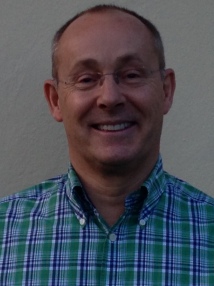BibTex format
@article{Karmpadakis:2019:10.1098/rspa.2019.0183,
author = {Karmpadakis, I and Swan, C and Christou, M},
doi = {10.1098/rspa.2019.0183},
journal = {Proceedings of the Royal Society A: Mathematical, Physical and Engineering Sciences},
pages = {1--24},
title = {Laboratory investigation of crest height statistics in intermediate water depths},
url = {http://dx.doi.org/10.1098/rspa.2019.0183},
volume = {475},
year = {2019}
}

